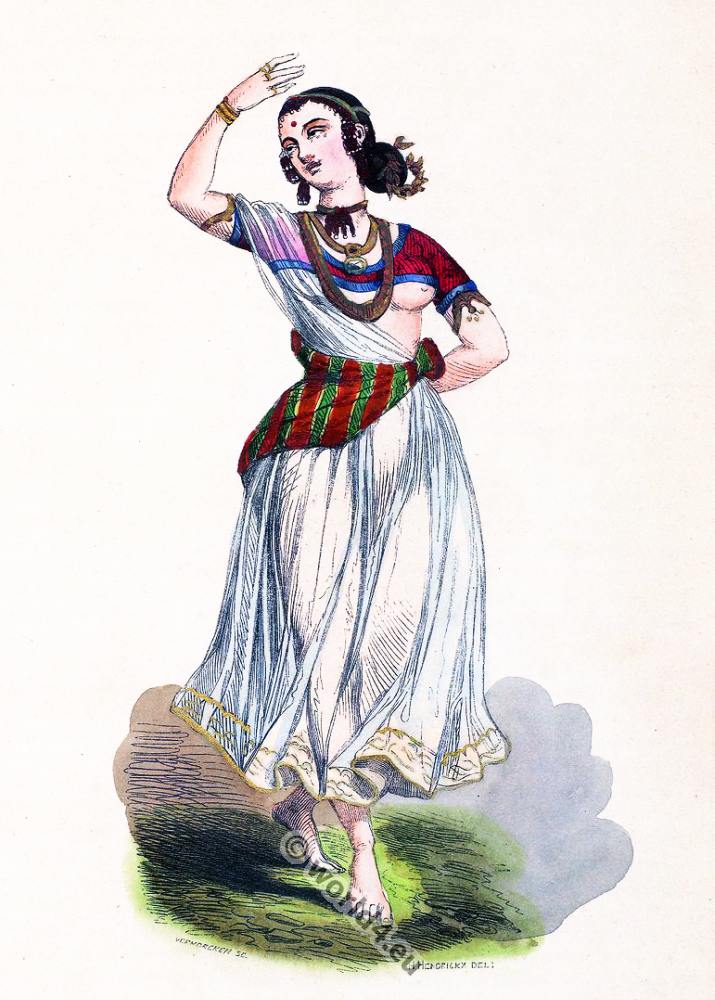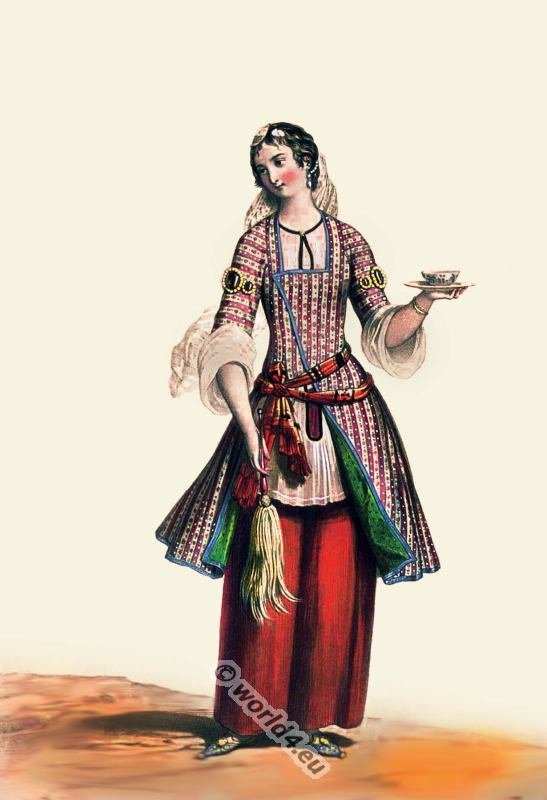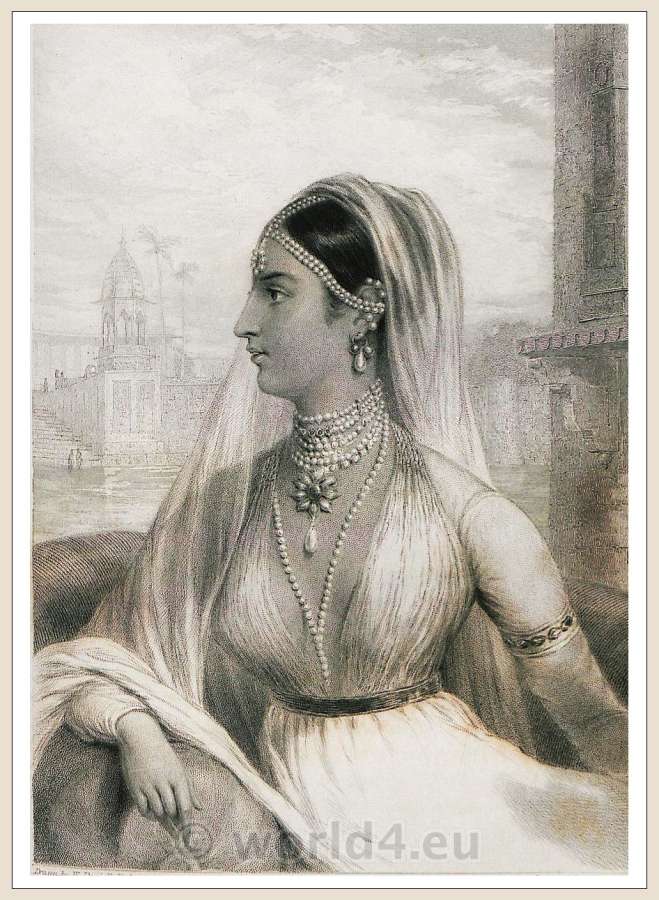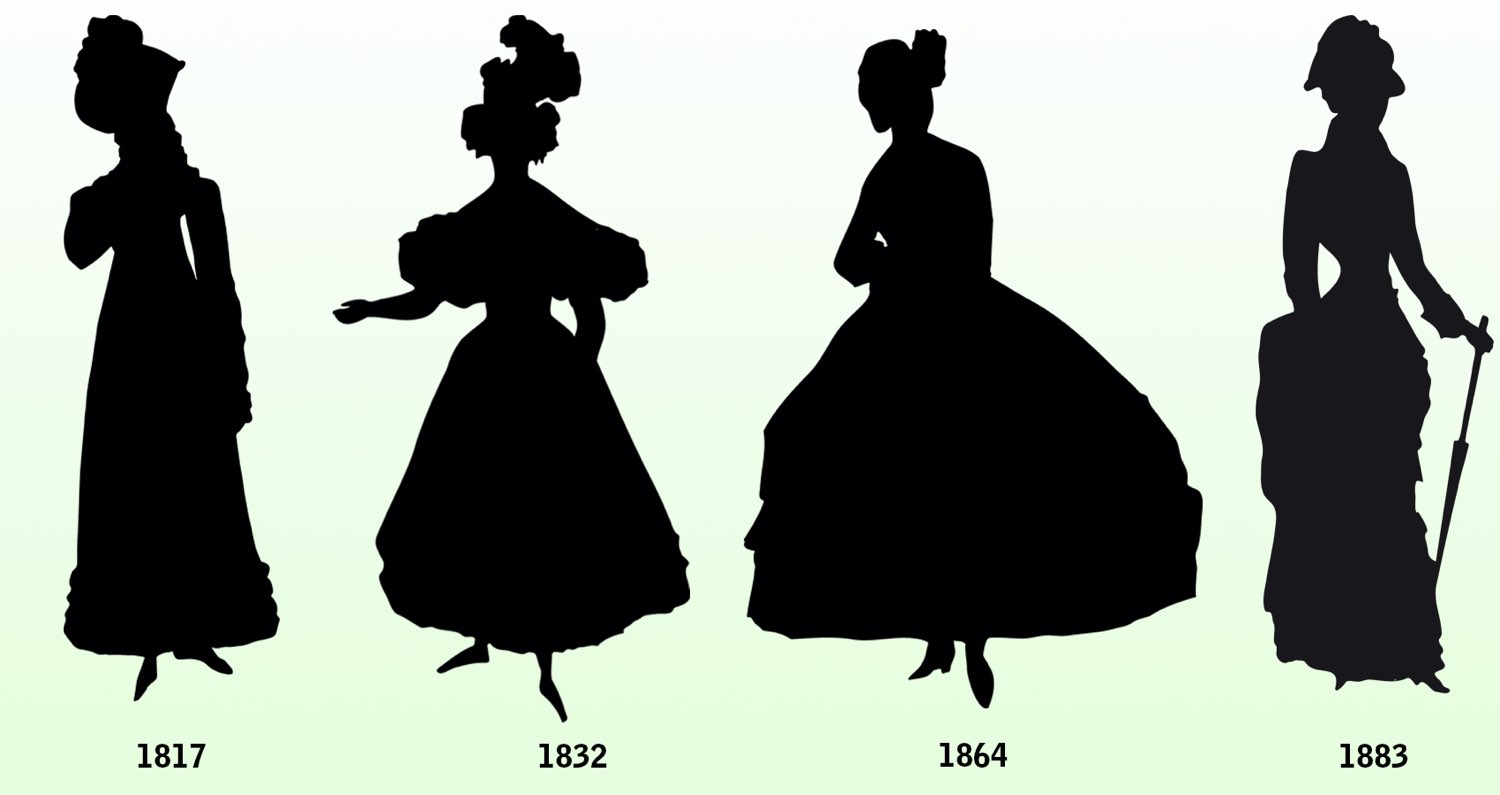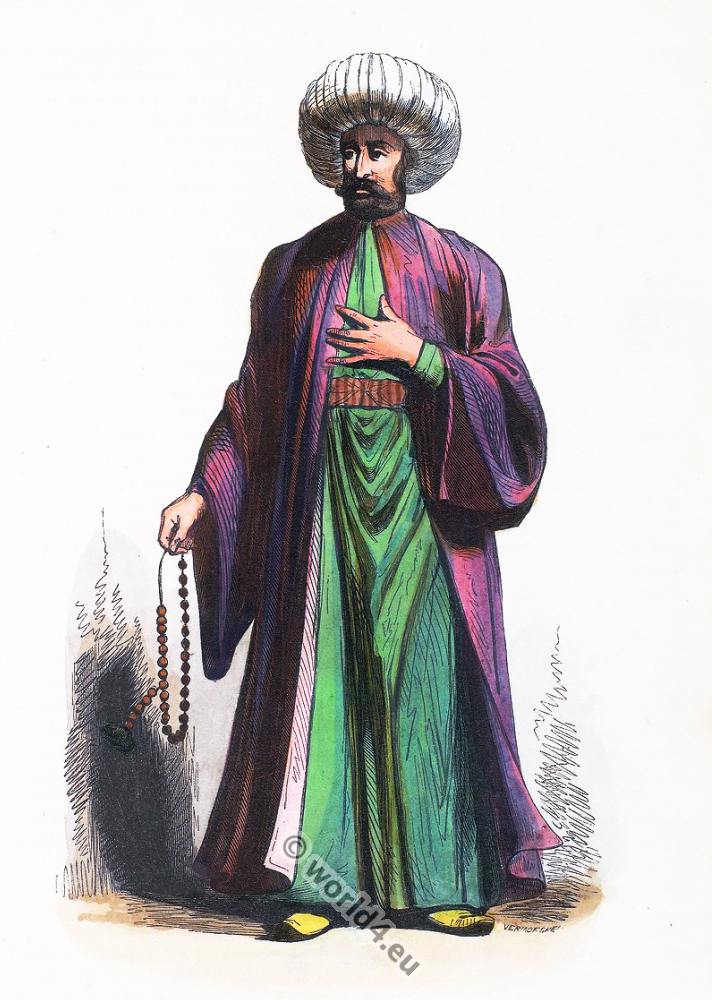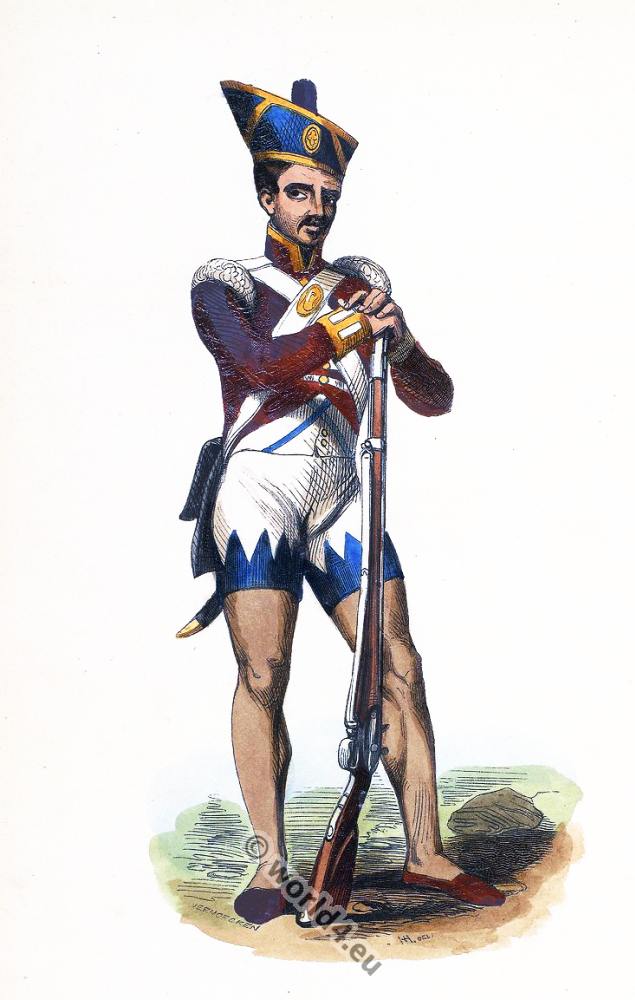India Devadasi, Jogini. Hindustan 19th century.
Bayadere. Indoustan.
Devadasis (देवदासी) were Indian temple dancers who performed as “God’s servants” at religious services or also at secular events. The Devadasis belonged to a caste of their own, which came to an end with the disintegration of the caste system – but the millennia-old dance art, among others of the Bharatnatyam, was not lost.
Europeans called bayaderen (from the Portuguese bailadeira) Indian, exotic dancers. Unlike in the native Indian culture, no strict distinction was made between devadasis (goddesses, temple dancers who were only allowed to perform at church services) and nautch dancers (who danced for evening, secular entertainment).
The clothes and shawls of dancers were also called so in Europe.
Perceived as light girls, bayadres are a popular theme in gallant painting of the 18th and 19th centuries, in theatre, music and poetry in Europe.
Gallery: Asian costumes by Auguste Wahlen. Manners, customs and costumes of all peoples of the world.
Related
Discover more from World4 Costume Culture History
Subscribe to get the latest posts sent to your email.

